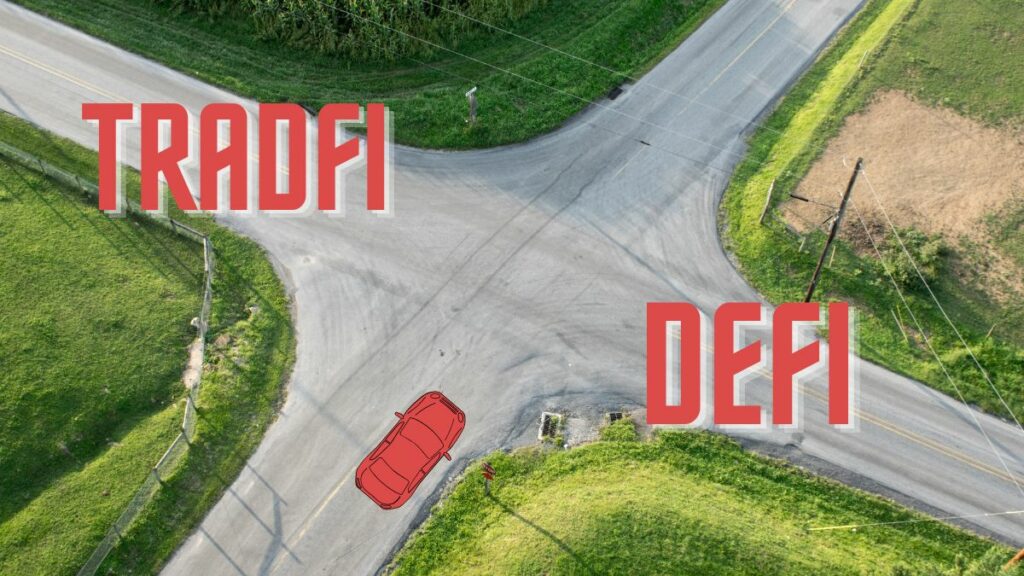
With the recent troubles in the traditional financial (TradFi) services sector, some investors have been looking to the decentralized finance (DeFi) industry as a secure, more transparent alternative. After all, when the algo-stablecoin TerraUSD (UST) collapsed, or the FTX crypto Exchange failed in 2022, they had relatively little effect on the established financial industry. (https://www.napavalley.com/) But the recent takeover of Silicon Valley Bank (SVB) and Signature Bank have proven that distress has the potential to spread to DeFi. Cristiano Ventricelli, the Associate Vice President of DeFi and digital assets at Moody’s Investor Services, explains the concern:
“What the depeggings highlighted is that stablecoin issuers’ reliance on a relatively small set of off-chain financial institutions limits their stability. And broader awareness of these risks could actually make the situation worse for stablecoin issuers.”
March 10, 2023 was the day when the USD Coin (USDC) lost its peg to the dollar, a sign of the troubles that were to come. U.S. banking authorities had stepped in to take over Silicon Valley Bank, and it was revealed that Circle had up to $3.3 billion in exposure to SVB. As a result, USDC fell below $.90, as did other stablecoins like BUSD and DAI. Thankfully, with the announcement that uninsured depositors at Silicon Valley Bank would be fully covered, USDC began rising again towards the $1 peg, where it remained as of April 2, 2023.
This incident shows that there is a need for more oversight and regulation. The collapse of Terra/LUNA last year already provoked concerns about stablecoin assets and liquidity, while the recent USDC depeg stresses governance risks and custodial assets. To this end, the European Union’s new cryptoasset regulations (MiCA) suggests some standards, but it is left up to the European banking authorities to determine the specifics.
Moody’s believes that this recent incident could lead to additional regulation, as well as explore alternative solutions. Tokenized bank deposits are one example, offering digital tokens that represent ownership of underlying bank deposits, which would be regulated in the same way as regular banking. Central bank digital currencies (CBDCs) are another, involving digital representations of fiat currencies issued by central banks, thus eliminating the need for a third-party custodian.
Currently, stablecoins are slated to play a significant role in the digital asset ecosystem, but with that comes the need for more stringent oversight. It is no longer just a matter of investors positioning themselves in traditional banking or anywhere else in the DeFi sector. Without effective regulation, transparency, and risk management, both TradFi and DeFi could suffer. Thus, the need for delineating this intersection is of utmost importance. It has become even more apparent that the TerraUST collapse, USDC depeg, and similar ails of the crypto sector signal an ever-growing need for a collective, comprehensive, and effective crypto regulation.